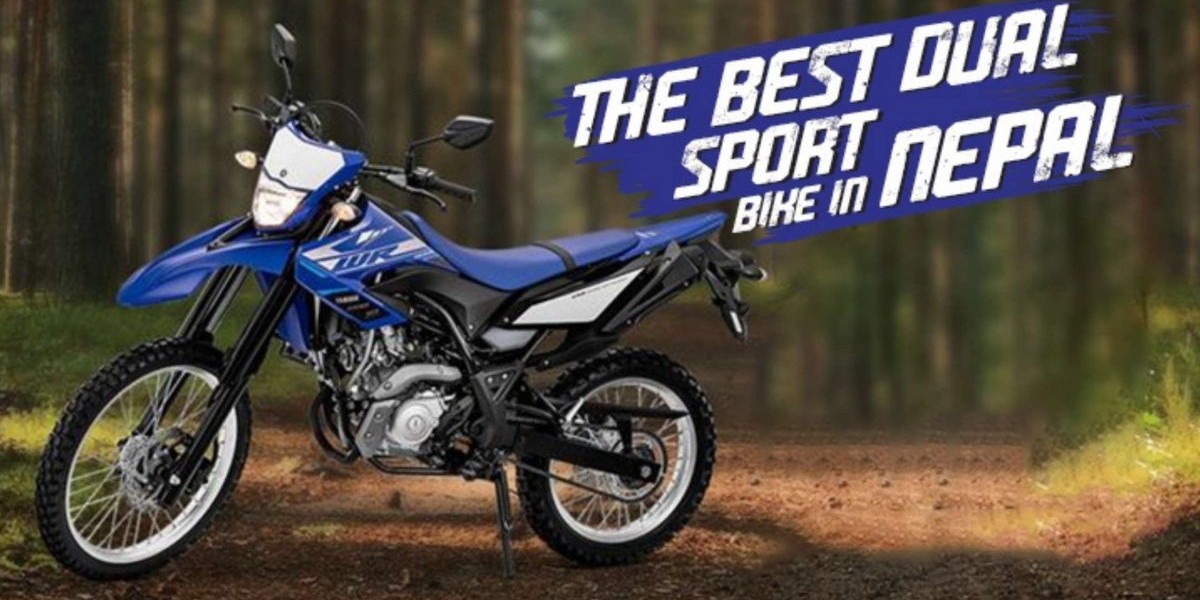In the beautiful but tough landscape of Nepal, a quiet transformation is happening. It’s not the big projects you usually hear about, but the sound of motorcycle engines that’s making a real difference. Yamaha is leading the charge, with its bikes becoming crucial for connecting isolated communities to new opportunities.
Nepal’s Transport Issues: More Than Just Tough Roads
To get why motorcycles are so important in rural Nepal, you need to understand what daily life is like for many. With about 80% of the country being rugged terrain, lots of villages can only be reached by narrow footpaths that are tricky to navigate, especially during monsoon season. Reports show that less than half of Nepal’s rural population has access to all-weather roads.
This tough geography has made life hard. Farmers used to spend days getting their crops to market, often seeing their goods spoil along the way. Medical emergencies turned into frantic races against time, with people carried on stretchers. Many students either quit school after primary grades or had to leave home to continue their education.
Why Yamaha Dominates Nepal's Rough Terrain?
Yamaha's success in Nepal isn’t just luck. When motorcycles started becoming popular in the early 90s, they were mostly seen as luxury items for people in cities. But Yamaha carved out a niche for itself with features that suit Nepal's conditions:
- Built for Tough Roads: Bikes like the Yamaha FZ series and Saluto have high ground clearance and strong suspension that handle bumpy roads and water crossings.
- Dependable: While cheaper bikes often break down in tough conditions, Yamaha is known for its reliability, which matters a lot in rural areas where repairs can be tough and costly.
- Affordable: Yamaha bikes cost between NPR 190,000-350,000 (about $1,400-2,600). While they are a big investment for rural families, sales have grown 35% in rural districts from 2018-2023, showing they provide good value.
- Maintenance Made Easy: Yamaha has expanded its service centers into small towns, ensuring parts and mechanics are nearby—crucial for remote areas.
Real Stories, Real Change
Beyond the numbers, there are personal stories showing how motorcycles change lives:
- Village Entrepreneurs: Twenty-six-year-old Hari from western Nepal has turned his Yamaha FZ into a delivery service, earning three times what he used to. He now brings medicine and goods to villages that had to wait days for supplies.
- Healthcare on Two Wheels: In Dolakha district, health worker Pema Sherpa uses her Yamaha Ray to reach more patients. “I now visit more villages in a day, bringing care to people who rarely see health workers,” she says. In emergencies, those bikes cut travel time drastically—making a real difference in urgent situations.
- Education Within Reach: Thanks to her family’s motorcycle, 17-year-old Dipika can go to school 12 kilometers away. “Without it, I would have had to drop out or move away,” she explains.
More Than Just Bikes: Community Changes
As more people get motorcycles, they're also changing their communities:
- Creating Local Jobs: New repair shops pop up to keep bikes running, providing jobs in the process. Small fuel networks have developed too, bringing gas to places without formal stations.
- Yamaha’s Community Focus: The company isn't just selling bikes. They run safety training workshops and partner with local organizations to help women learn to ride, giving them more independence.
Facing Challenges Head-On
Despite the positives, challenges are still there:
- Safety Issues: As bikes become more common, accidents have risen. Yamaha has workshops to help, but more formal efforts are needed.
- Environmental Impact: While bikes are more fuel-efficient than cars, there are still environmental concerns as their numbers grow. Yamaha is working on cleaner fuel options and might explore electric bikes in the future.
- Economic Barriers: For families living on less than $2 a day, even the cheapest Yamaha bike can be out of reach without financing, which is often hard to get.
Looking Forward: Yamaha’s Plans for Rural Nepal
Yamaha Nepal is planning to adapt further to rural needs by:
- Opening more service centers and mobile camps to reach remote areas.
- Creating models suited for Nepal's unique terrain.
- Finding payment options that work for rural families.
- Exploring electric bike options as infrastructure improves.
The government is beginning to see the role of motorcycles in development, with some districts including motorcycle paths in their plans. These smaller paths can provide big benefits without the high costs of full roads.
Conclusion: Small Changes, Huge Impact
As day turns to night across the hills of Nepal, the sound of returning motorcycles is a sign of progress. For many families, Yamaha bikes are not just a way to get around; they represent new opportunities in healthcare, education, and markets.
While big infrastructure projects are still important for Nepal’s future, the motorcycle boom shows how the right technology can make life better in rural areas right now. By improving safety, maintenance, and considering cleaner technology, Nepal could create a unique model for rural mobility. The little bikes on these rough roads are creating big changes.



